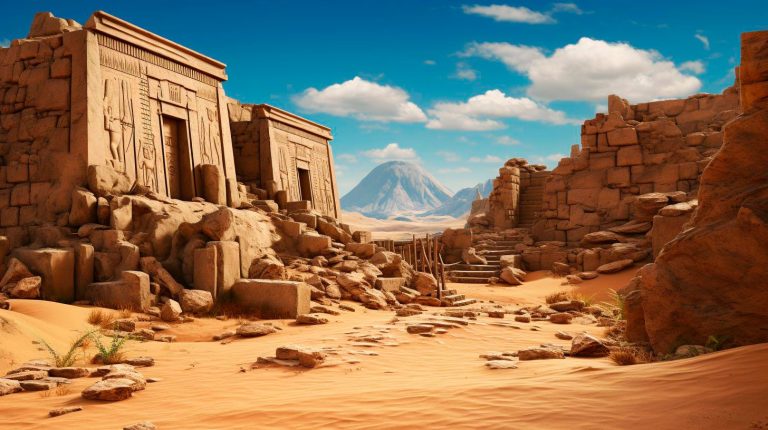Through the lens, these communities have found a platform to showcase their traditions, struggles, and achievements. In this article, we delve into how photography has influenced and empowered indigenous cultures, emphasizing the importance of visual storytelling.
The Power of Visual Storytelling
Photography has the remarkable ability to tell compelling stories without uttering a single word. For indigenous communities, who have often been misrepresented or silenced, this visual medium provides a means of asserting their unique cultural identity. Through carefully composed images, these communities can convey their connection with the land, traditional practices, and their strong sense of community.
- Preservation of Heritage: Photography enables indigenous cultures to document and preserve their cultural heritage for future generations. It serves as a visual archive, ensuring that their traditions, rituals, and stories are passed down through time.
- Raising Awareness: The power of visual storytelling through photography has the ability to raise awareness about the challenges faced by indigenous communities. By showcasing their struggles and achievements, photographers create empathy and understanding among wider audiences.
- Empowerment: By capturing and sharing their own stories, indigenous photographers can reclaim and celebrate their identities. Photography provides a platform for self-expression, empowering individuals and communities to take control of their narratives.
- Cross-Cultural Dialogue: Photography serves as a bridge between different cultures, fostering dialogue and promoting understanding. It allows indigenous communities to share their perspectives and challenge stereotypes, contributing to a more inclusive society.
The Impact of Photography on Indigenous Culture
Photography has had a transformative impact on indigenous cultures, leading to positive changes and reevaluation of societal perceptions. Here are some key takeaways:
Preservation and Revitalization of Cultural Practices
By capturing traditional practices, rituals, and ceremonies, photography plays a crucial role in the preservation and revitalization of indigenous cultural practices. Visual documentation helps communities reconnect with their roots, encouraging the transmission of traditional knowledge to younger generations. Through photography, time-honored traditions find new relevance and appreciation in a rapidly changing world.
Challenging Stereotypes and Misrepresentation
Throughout history, indigenous communities have faced stereotypes and misrepresentation in mainstream media. Photography allows them to reclaim their narratives, showcasing their rich culture beyond the confines of stereotypes. By capturing authentic moments and personal stories, photographers challenge preconceived notions, fostering a deeper understanding and appreciation of diverse indigenous cultures.
Advocacy for Land Rights and Environmental Conservation
Indigenous communities often have a strong connection to their ancestral lands, serving as the foundation of their cultural identity. Through photography, these communities raise awareness about the importance of land rights and environmental conservation. By capturing the beauty and importance of their territories, indigenous photographers become advocates for sustainable practices and the protection of natural resources.
Promotion of Cultural Tourism
Photography plays a significant role in promoting cultural tourism in indigenous communities. By showcasing the unique cultural practices, artwork, and landscapes, photographers attract visitors who are eager to experience the authenticity and diversity offered by these communities. This contributes to economic empowerment and helps sustain their cultural heritage.
Conclusion: The Evolution of Indigenous Cultural Identity
Photography has emerged as a powerful tool in shaping and preserving indigenous cultural identity. By capturing moments and stories through their own lenses, indigenous communities reclaim their narratives and challenge stereotypes. The visual zeitgeist created through photography enables cultural preservation, advocacy for rights, and cross-cultural dialogue. As photography continues to evolve, it will play an even more significant role in celebrating and preserving the unique heritage of indigenous cultures.






















+ There are no comments
Add yours